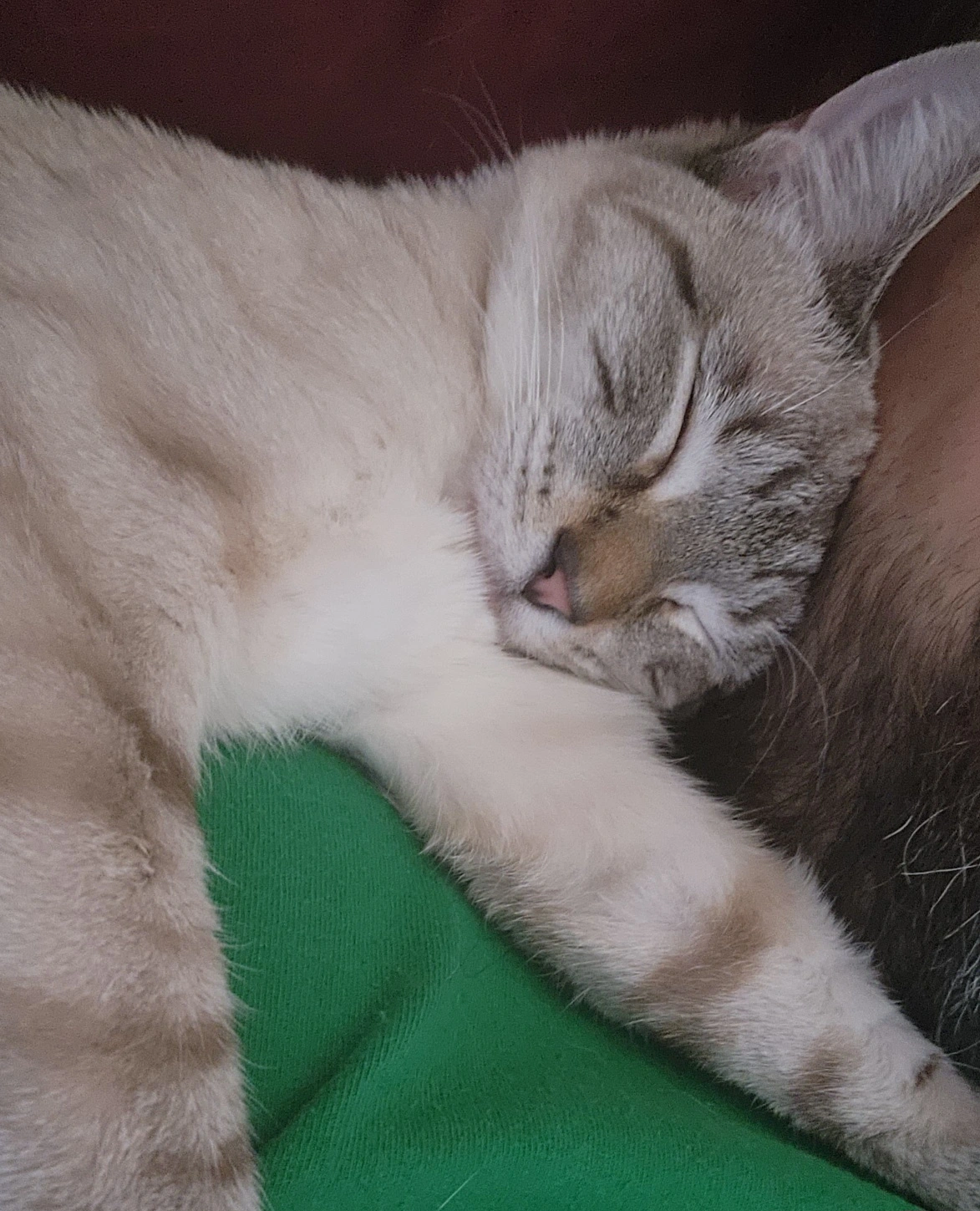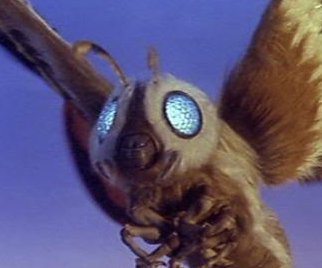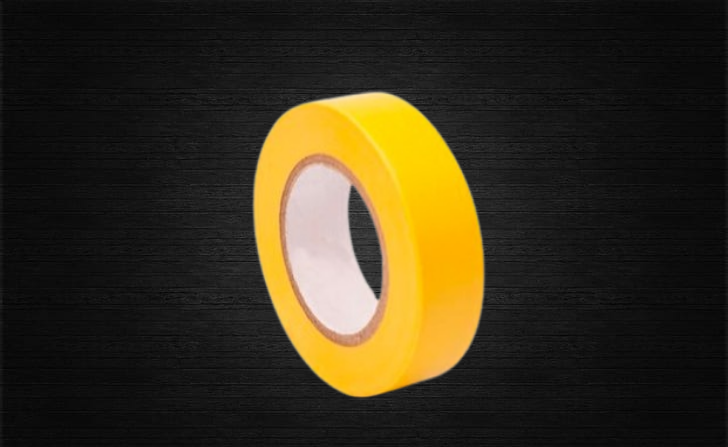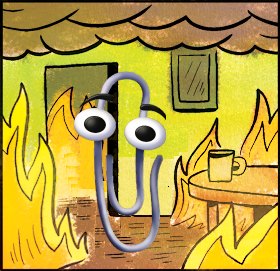So Isaac Newton had only 1/700th the bite force of a normal human? Pathetic.
Probably due to all the mercury and shit he was playing with as an alchemist
Every time I picture an alligator biting me I’m like I bet I could wiggle out or like somehow overcome it, because their jaws look so long and flat - like how much strength could they have? Certainly not more than a lion.
Well.
The closing force is significantly higher than its opening force IIRC. If you can close its mouth without getting bitten it’s screwed.
Didn’t like everyone watch Steve Irwin do this to massive crocs like all the time.
Yeah, but time marches on and everything. Young people won’t know him. Someone said they didn’t know who a guy in a picture was the other week. It was Tony Bourdain and I felt old.
A coworker the other day didn’t know there was an animated grinch movie before the Jim Carey one. ಠ╭╮ಠ
Ouch.
who?
That was Steve though - he probably knew the croc
Just remember these guys can grip an animal the size of a horse with their jaws, overpower it, drag it to the water and rip it apart.
Salt water Crocs are not tiny. Some alligators are on the smallish side comparatively, but there are big gators out there too.
Crocodiles are also one of those rare animals that don’t “age” in the traditional sense. Once they reach adulthood, they continue to get larger and larger until they eventually starve or their organs collapse under their own body weight. They don’t lose muscle mass or bone density or any of the usual issues we attribute to getting older.
Imagine having the build of a 25 year old at 100 and being 7+ft tall. That’s how crocodiles age.
Yeah I’ve never seen one in real life, so I feel like like I’m not grokking the sense of scale.
Kind of like seeing a horse or moose for the first time (guess my hemisphere lol).
Here’s a rough size comparison
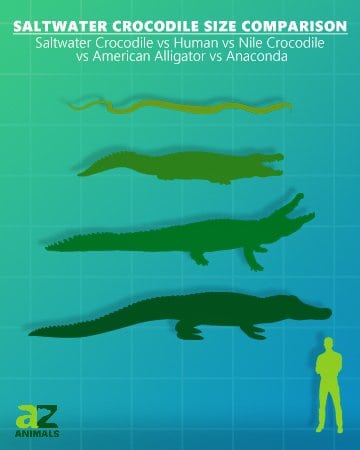
Yeah I’m still not getting it. Maybe I’ll see one for real one day and then it’ll click
I bet this is peak force is measured at the base of the jaw, meaning the teeth at the tip would exert significantly lower force. So it might be possible to escape a small alligator, I’m not sure.
There are lots of videos about croc bite force. With scales attached to their jaws and stuff. Shouldnt be hard to find.
This younger one was measured at the base with 820 pounds https://www.youtube.com/watch?v=cG7ruzhqB9Y&t=158
I got a bone to pick with this kind of diagram. Everyone likes to talk about how much better other animals are at things than us, but if you look at animals holistically, humans are really fuckin good at everything. Like yeah there’s a bunch of animals that are faster than us, a bunch of animals that bites stronger than us, a bunch of animals that are more muscular than us, but we’re consistently in like the top 10% overall
Finna make a version of this meme where it’s mice and iguanas
We also have better full-light vision than a lot of animals, even the ones with good dark vision.
And we have better night vision than most the animals that have better day-vision than us. Humans are like the Leatherman of animals. Universally capable of doing most things but not as good as something specialized for that task. Plus of course capable of coming up with ways to cheat
jack of all trades, master of none, but oftentimes better than a master of one
Oh, we are bad-ass runners. Top that one!
we’re certainly bad ass-runners, i’m not sure most people could even walk on their butts!
We’re also the best marathon runners, as a species.
Plus of course capable of coming up with ways to cheat
Yup! Ingenuity is our greatest strength! People like to talk about how a naked human with no tools is weak, and like yeah, but that’s like saying your average house cat could kill a gorilla if you simply removed its muscles
Also like, we aren’t cursed to a life of suffering and early death if something takes a bite out of our leg, we can patch it up and get assistance from those around us to still live a good life.
Hell yeah, that’s what sets humans and non-humans apart: if part of our pack can’t survive on their own, we take on the burden of surviving for them. No other animal can survive a broken femur like humans can, and it’s not because we have some incredible healing factor. Whenever I’m on the verge of feeling despair, I think about that 15,000 year old broken femur
We CAN do that. Whether we choose to as a society, is far more up in the air, unfortunately.
It’s well understood and documented that humans are very OP.
All this picture says is basically “the bigger the jaw, the more biting force”. And then it compares animals with bigger jaws than humans
Don’t forget about the human ability to literally chase an animal until it collapses with exhaustion. Humans are literally the monster from It Follows.
compared to body mass lizards probably have us beat there too. I remember catching a lizard when I was little then running around the yard screaming because it latched onto my finger
It didn’t even hurt, I was just scared
I can eat way more than 700 fig Newtons. This is bullshit.
Yeah but do you have the bite force to bite through all 700 at once?
I would think… They’re pretty soft.
Perhaps not after my jaw dislocates to fit them all in my mouth, though.
I have a cat named fig, could you eat 700 of her?
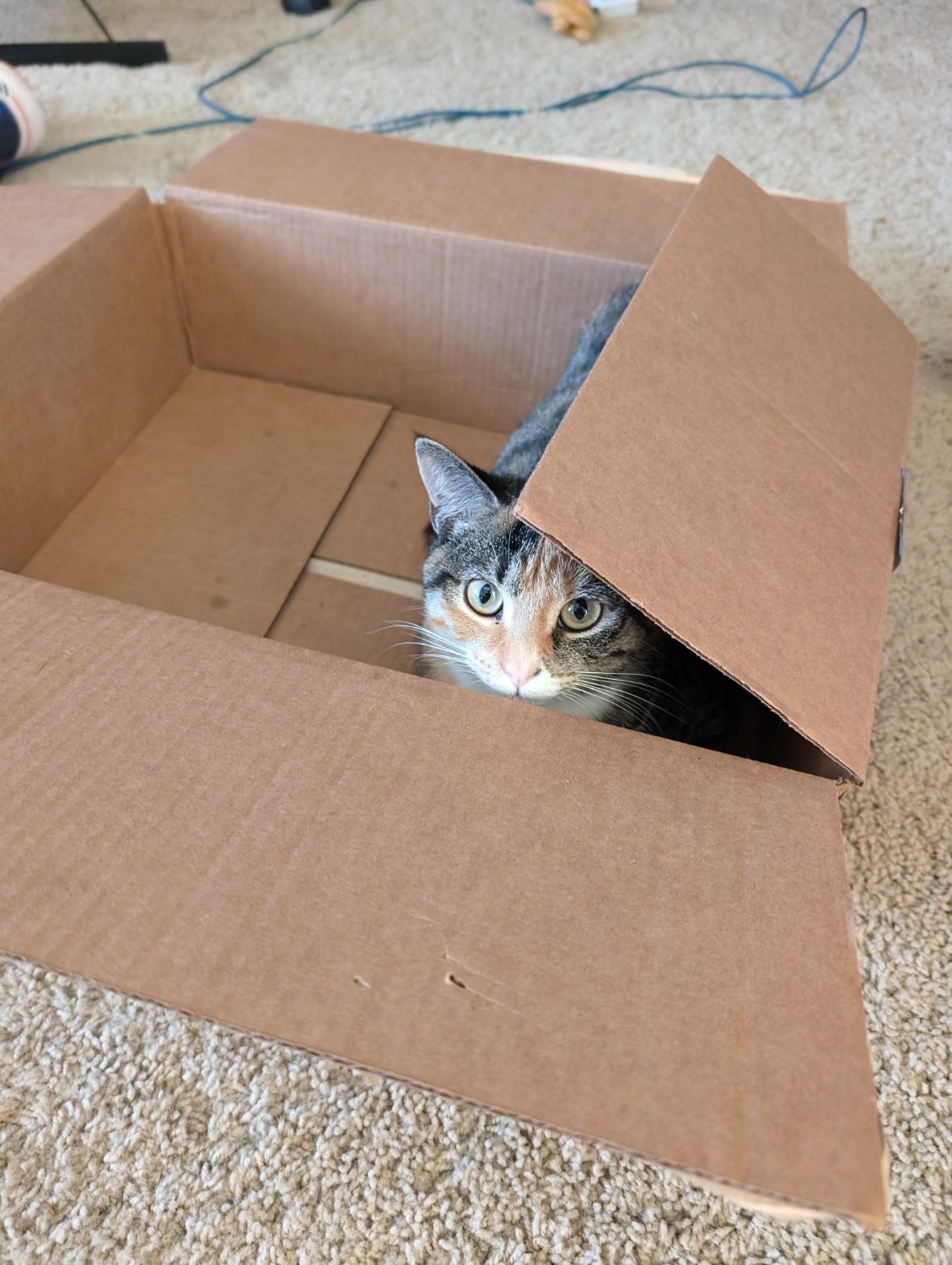
Given:
Bite Force of T. rex: 45,000 Newtons
Jaw Closing Distance: Approximately 0.3 meters
Energy=Force×Distance=45,000N×0.3m=13,500Joules
Say we have a typical 10w led lightbulb, how much could it power it for?
Time= Power/Energy=13,500J / 10W=1,350 seconds, or approximately 22 and a half minutes with a single T-Rex chomp, assuming 100% conversion efficiency
Fun fact, the (rough) conversion efficiency of calories to mechanical joules in the human body (separate from the mechanical to electrical you’re referring to) is about 25% — but this is about the same factor as going from calories to joules! So, for a human to put out 13.5 kJ of energy would require about 13.5 food calories (kilocalories).
To break the largest human bone, the thigh bone, an estimated force of 4,000 newtons is needed. However, the amount of force required to break a bone depends on how the force is applied.
-Random internet source
Highly depends on the dog.
Our ancestors had more bite force. It wasn’t needed anymore.
Bite Force and Occlusal Stress Production in Hominin Evolution
Newton had some weak ass jaws.
Bite pressure would be a more interesting comparison IMO. Of course a Trex is gonna have a massive bite force because it’s dominated by size.
It’s also got some trick jaws, it’s not 100% from size alone. Like dunkleosteus, which had a novel jaw that amplified the force.
Fair enough, from my very limited research (Chicago museum has an exhibit about this exact thing), some animals use a 4-bar linkage to maximize force. I think Trex was among them.
How is this calculated? Presumably you could directly measure all but the T-Rex and pliosaur, but how are those bits forces calculated?
I’m no BiteForceologist but I was assume they compare muscle size, muscle attachment points, and mechanical advantage of extant creatures and then apply that data to fossils. So not 100% accurate, but not just guessing randomly.
For the extant creatures you give them something they want to bite on and stick a measurement thing inside of that.
For extinct creatures see other comment. You compare anatomy and do math.
Soooo it’s not the number of this guy they can eat?
so to bite harder i need crocs and seasalt, ok ok ok.
Man, we gotta pump those numbers up. Get our bite force on the next level.
There’s no way a human’s bite is only 30% less than a dog’s. Our jaws have shitty leverage to chomp down hard.
We are omnivores and do a lot of chewing. Dogs don’t really chew, just rip.
Some great apes that have more raw plants in their diet even have a bony ridge on their skull that the jaw muscles attach to.
Our jaws actually have great leverage, our molars are very close to where the jaw muscle attaches.
Not all dogs are the same, of course. Some dog breeds can bite harder than wolves. We selectively bred them for chomp strength.
It’s averaged out, the real values are in a range, they just took the average between them.
I bet chihuahuas are bringing down the average
Lion is still trying SO hard!
alternatively it looks like someone just bit him haha





